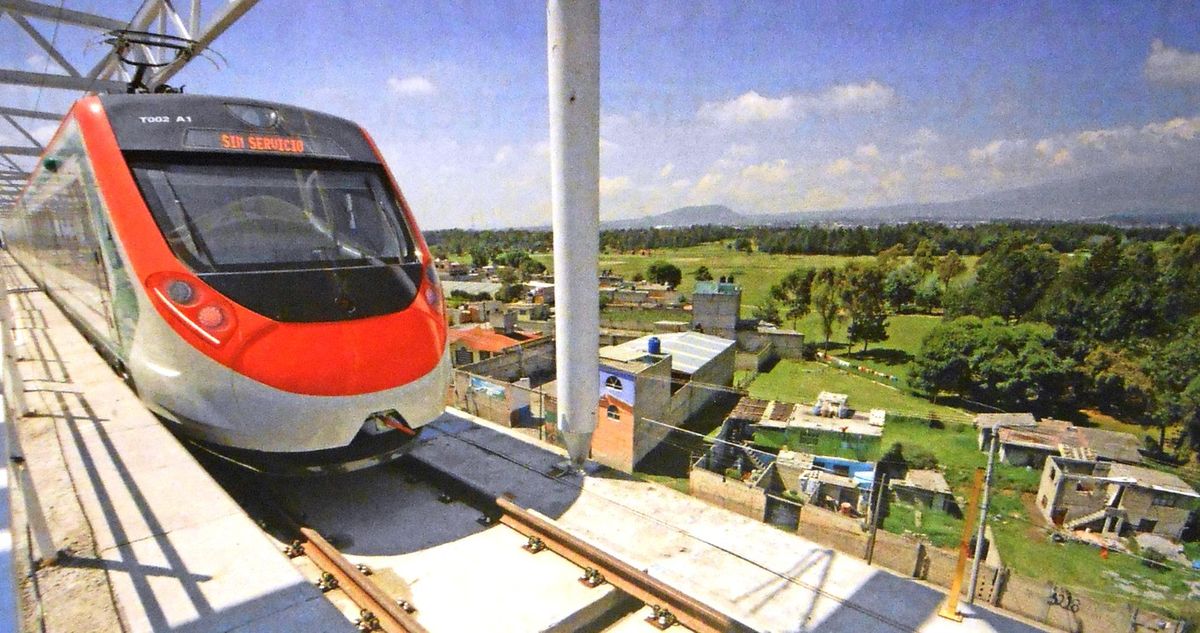The case of the Mexico-Toluca Interurban Train
The Mexico-Toluca Intercity Train will connect the country's capital with the Toluca Valley in the State of Mexico, from Metro Observatorio to Zinacantepec. Once completed, it will transport 234,000 passengers every day in just 39 minutes.





